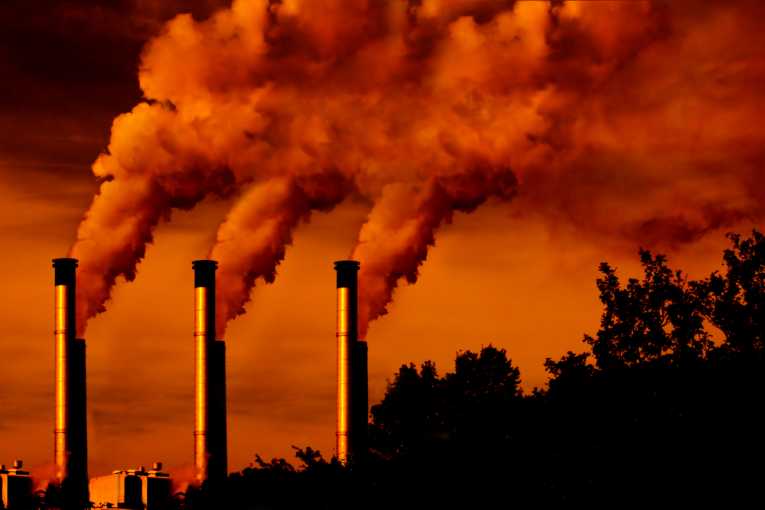OTTAWA—Prime Minister Justin Trudeau meets with the premiers in Vancouver this week to discuss climate policy. The Liberal environmental platform states: “We will ensure that the provinces and territories have adequate tools to design their own policies to meet these commitments, including their own carbon pricing policies.”
Here are five things to know about putting a price on carbon:
The point of carbon pricing is to charge producers and consumers for the cost of the carbon pollution they are discharging into the atmosphere, to discourage polluting behaviour, reward innovation in energy efficiency and, depending on how the system is designed, potentially to produce revenues for addressing environmental impacts.
Carbon pricing is done by the tonne. So what’s a tonne of CO2? It’s the amount of carbon produced by driving an average car 3,831 kilometres, or burning up 42 tanks of barbecue propane, according to the U.S. Environmental Protection Agency. A tonne of CO2 would be equivalent in volume to a cube roughly eight metres high, deep and wide.
There are many systems for carbon pricing that fall under two basic models. Carbon taxes are levied by government by setting a price per tonne on the production of greenhouse gases, typically on the sale and use of fossil fuels depending on the carbon content of the fuel. Cap-and-trade systems set economy-wide limits on emissions and then establish a carbon market, within which industries are allotted permits for emissions which they can buy and sell, with the costs passed on to consumers.
British Columbia is the only Canadian province that currently charges a broad-based carbon tax. Alberta is adding a carbon tax in 2017. Since 2012, B.C.’s $30 per tonne tax has added 6.67 cents to each litre of gasoline purchased in the province and 7.67 cents to each litre of diesel. All revenues from the B.C. carbon tax are returned to citizens through tax cuts and low-income supplements. B.C.’s revenue-neutral carbon tax has not hampered economic growth.
Quebec joined California in a cap-and-trade carbon market in 2014 and Ontario is set to start trading in the same market in 2017. Manitoba has said it intends to also join the same Western Climate Initiative market, which means B.C., Alberta, Manitoba, Ontario and Quebec—representing 85 per cent of Canadian citizens and about 90 per cent of GDP—will soon place a market price on carbon. The government of Newfoundland and Labrador also has said it intends to price carbon.
